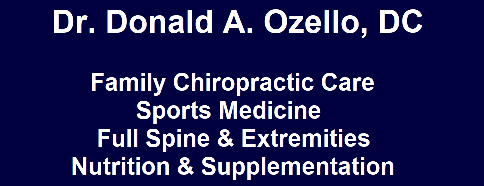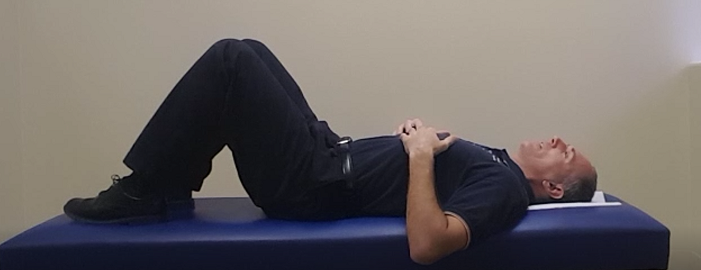Deep breathing brings an increased quantity of oxygen into the lungs. When air reaches the lungs it oxygenates the blood. The oxygenated blood is transported to your brain, muscles and organs.
Anatomy: Numerous muscles participate in normal breathing and deep breathing.
The diaphragm is a sheath of muscle spanning the bottom of the ribcage and separating the chest cavity from the abdominal cavity. The diaphragm is the primary muscle in the normal breathing process.
The external intercostals are a group of muscles that attach the individual ribs to each other. Contraction of the external intercostals expands the ribcage by spreading the ribs apart.
The pectoralis major and pectoralis minor are chest muscles that lift the sternum and expand the ribcage during deep breathing.
The sternocleidomastiods, scalenes and upper trapezius muscles located in the neck are accessory breathing muscles. They contract during deep breathing to expand the ribcage by raising the sternum and clavicles.
The rectus abdominis are abdominal muscles which connect the ribcage to the pelvis. Contraction of the rectus abdominis helps in deep breathing exhalation.
The internal intercostals are ribcage muscles. Contraction of the internal intercostals helps in deep breathing exhalation.
Normal Breathing: Normal inhalation takes place when the diaphragm descends and the external intercostal muscles contract. This action increases the volume and decreases the pressure in your chest cavity. A vacuum is created and air enters the lungs.
In the normal breathing process, the stomach should slightly protrude during inhalation and return to the starting position during exhalation. The chest should rise only slightly during normal breathing.
Normal exhalation is passive. It occurs when the diaphragm and external intercostals muscles relax and push air out of the lungs.
Deep Breathing: Deep breathing is an active process that brings extra air into the body for relaxation, strength or survival.
Deep Inhalation: To practice deep breathing stand, sit or lie in good posture. When standing or sitting, retract your shoulder blades, pull your shoulders back and stick your chest out. Hold your neck in line with your spine and look straight forward.
When lying supine, put your feet flat on the floor by bending your hips and knees. Assume the identical upper body position as if standing or sitting.
Close your eyes and suck air into your lungs through your nose. Simultaneously raise your ribcage by contracting your accessory breathing muscles. Hold the position of maximum ribcage expansion and maximum lung capacity for a second.
The accessory breathing muscles include the pectoralis major, pectoralis minor, sternocleidomastiods, scalenes and upper trapezius. These muscles assist the diaphragm and the external intercostals in lifting the ribcage, creating an increase in chest cavity volume and a decrease in chest cavity pressure.
Deep Exhalation: Exhale by contracting the rectus abdominis and internal intercostals muscles. These strong muscles pull the ribcage downward and inward to decrease chest cavity volume and increase chest cavity pressure. An increase of pressure and a decrease of volume results in air being forced out of the lungs. Deep exhalation can take place through the nasal passage or the mouth but is usually performed through the mouth.
Practice normal and deep breathing until it feels comfortable. Normal breathing should be effortless. Deep breathing should be productive, calming and mind clearing. Use deep breathing exercises to increase lung capacity and strengthen your ribcage.
Dr Donald A Ozello DC of Championship Chiropractic in Las Vegas, NV
Web Site: http://www.championshipchiropractic.com/
Blog: https://www.championshipchiropractic.com/wordpress/
YouTube: https://www.youtube.com/user/drdozellodc/videos
Twitter: https://twitter.com/drdozellodc
Facebook: https://www.facebook.com/Championship-Chiropractic-280141628688300/
LinkedIn: https://www.linkedin.com/in/dr-donald-a-ozello-dc-716b3233
“Running: Maximize Performance & Minimize Injuries” https://www.amazon.com/Running-Performance-Chiropractors-Minimizing-Potential/dp/1493618741
**Disclaimer: Always consult a medical professional before beginning an exercise program. Always work within your capabilities. Never perform an exercise that elicits or increases pain or symptoms. Reading this article and viewing the linked videos does not take the place of seeing a medical professional. Please visit a medical professional for evaluation, diagnosis & treatment.

